FEP
TPF Noob!
- Joined
- Dec 11, 2017
- Messages
- 8
- Reaction score
- 0
- Can others edit my Photos
- Photos NOT OK to edit
How can one use a compact camera to take portraits like professional photoshots of models/singers/performers?
For example: in a professional photoshot a small size, say 3R in vertical (portrait) orientation, could cover entire head and shoulders with minimal background (back and sides of head); but using a humble amateur camera (and photographer), attempting to take the same amount of head and shoulders would show 'extra' background and they are just different (can't really describe nor pinpoint how exactly). Is it due to technique of taking the protrait or due to the difference in camera abilities? If so, how best can the differences be minimized?
Thanks.
For example: in a professional photoshot a small size, say 3R in vertical (portrait) orientation, could cover entire head and shoulders with minimal background (back and sides of head); but using a humble amateur camera (and photographer), attempting to take the same amount of head and shoulders would show 'extra' background and they are just different (can't really describe nor pinpoint how exactly). Is it due to technique of taking the protrait or due to the difference in camera abilities? If so, how best can the differences be minimized?
Thanks.


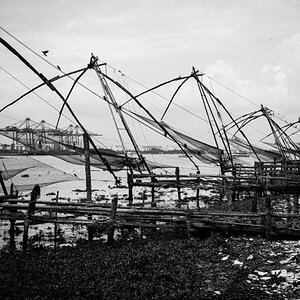

![[No title]](/data/xfmg/thumbnail/32/32805-61ca9a4fb87d37c0ef4f991ac1705e1f.jpg?1619735667)

![[No title]](/data/xfmg/thumbnail/37/37627-c3d3ca879cdfbdb9e35acdcc7fcd4b3e.jpg?1619738154)

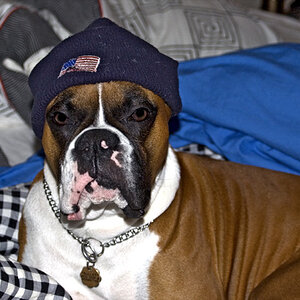
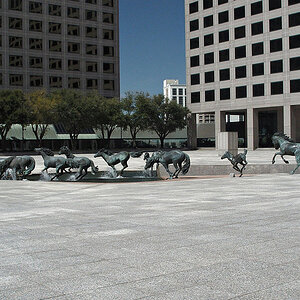
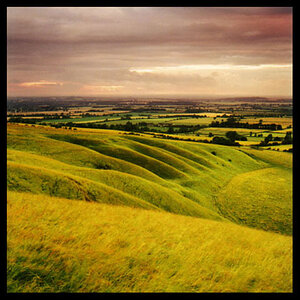
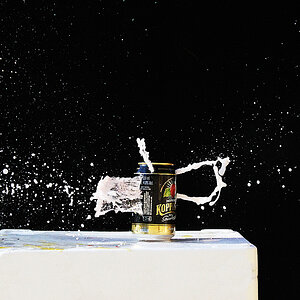

![[No title]](/data/xfmg/thumbnail/42/42328-c1143adda9734f7d05ce4361e79c27a7.jpg?1619740129)